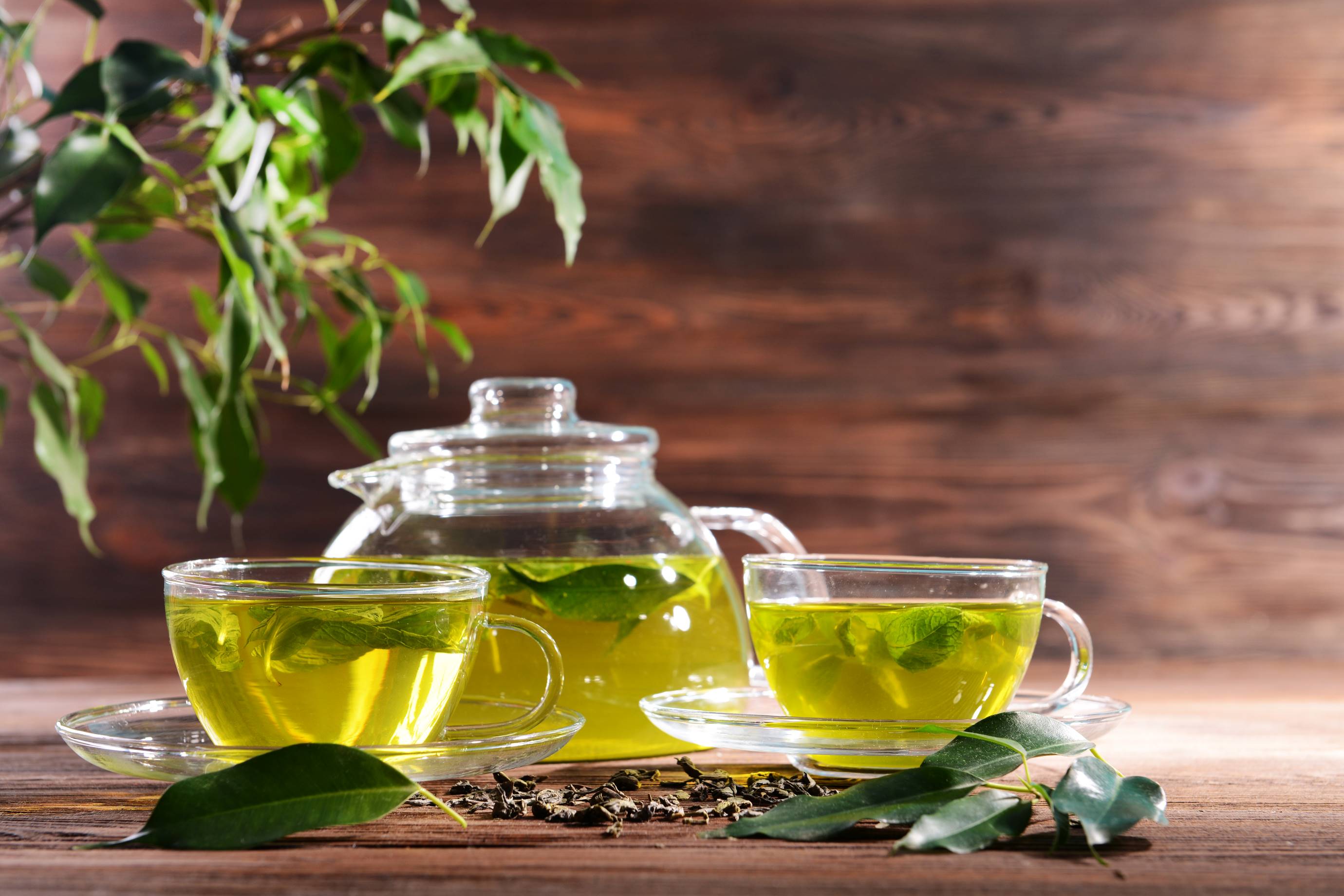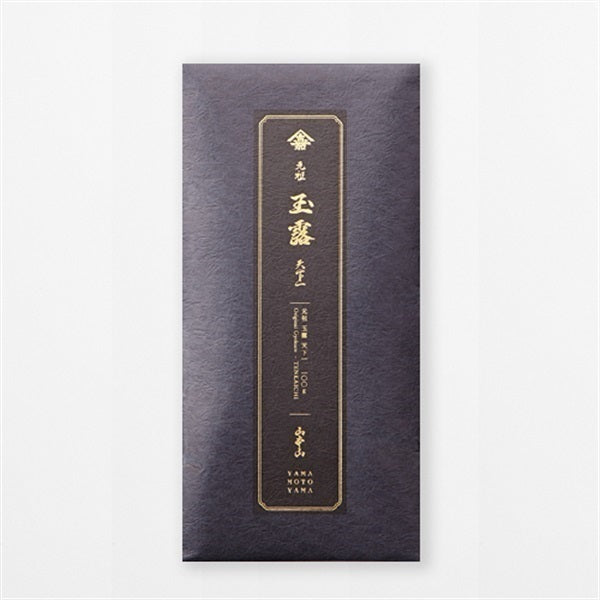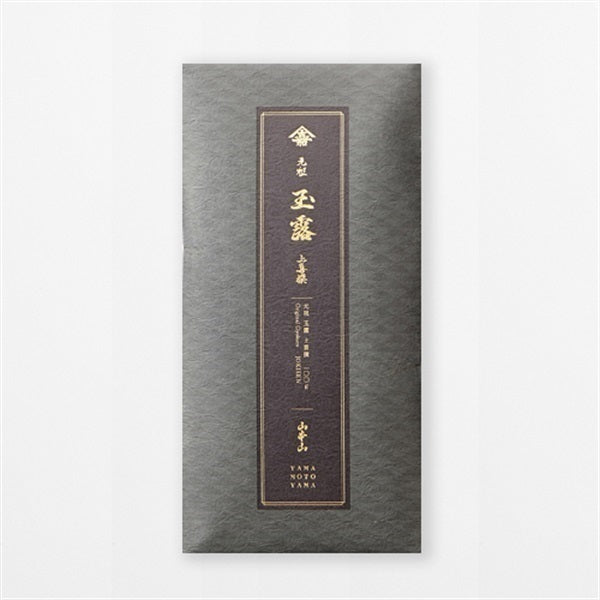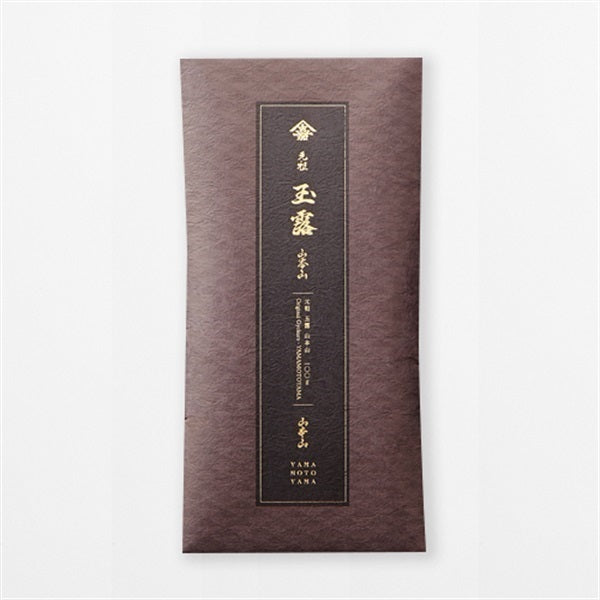
What gives tea its umami and sweetness? A scientific explanation of the sweetness components
Introduction
The taste of delicious tea is based on its deep umami and refreshing sweetness. What are the ingredients that give it that umami and sweetness?

Amino acids such as theanine
The main components that give tea its flavor and sweetness are amino acids.
Amino acids are found in large amounts in high-quality teas such as gyokuro, matcha, and high-grade sencha.
There are many types of amino acids contained in tea, but six types - theanine, glutamic acid, arginine, glutamine, aspartic acid, and serine - account for more than 90% of the total.

Theanine is an amino acid component unique to tea.
It was discovered in gyokuro by Yajiro Sakato in 1950, and was named "Theanine" after the old scientific name for tea, "Thea sinesis."
When cultivating tea, it has the property of growing when shaded or nitrogen-rich fertilizer is applied.
It has long been thought that the umami taste of tea is determined by the amount of theanine, but recent research has revealed that theanine contributes greatly not only to umami taste but also to sweetness.

Glutamic acid enhances umami
In the past, it was believed that the amino acid that enhances the umami flavor of tea was theanine, but recent research has shown that glutamic acid also has a large influence.
Glutamic acid is known as an umami component found in large amounts in seaweed such as kelp, and its umami flavor is about 30 times stronger than that of theanine.
When glutamic acid is converted into its sodium salt, the sourness disappears and the umami flavor becomes even stronger. Most of the "umami seasonings" currently on the market contain monosodium glutamate as the main ingredient.

Umami is a taste unique to Japan
"Umami" is a unique taste familiar to Japanese people that has been scientifically recognized as the fifth basic taste after sweet, salty, sour, and bitter.
The main components that create this umami flavor are glutamic acid and inosinic acid, which are found in abundance in ingredients commonly used in Japanese cuisine, such as kelp and bonito flakes.
However, the concept of umami is not yet fully understood in Europe and the United States. Since there is no word in English or many other languages that accurately expresses umami, the Japanese word "umami" is used as it is as an international term.

The word "umami" gives a strong sensory impression of deliciousness, but scientifically, umami refers to a specific component contained in food and the sensation that comes with it.
In other words, just because a food has umami does not necessarily mean that it is delicious.
The overall taste of food is formed by a complex combination of not only umami, but also sweetness, saltiness, sourness, bitterness, and aroma.
Thus, while umami plays an important role in Japanese food culture, it is still a new concept from a global perspective, and its understanding is only deepening.

Strong flavor tea
Premium Japanese green tea, especially Gyokuro, is prized for its strong umami flavor.
Gyokuro is a tea with a strong umami and sweet taste, but these two taste elements are experienced as a blend, and the tastes are not clearly separated from each other.
In the past, it was said that the amino acid that enhances the umami flavor of tea was theanine, but as mentioned above, recent research has shown that glutamic acid also has a large influence.
By the way, it has been reported that theanine, certain organic acids, and polyphenols in matcha further enhance the umami flavor of glutamate.

summary
What did you think? The deep umami flavor of tea is not the product of a single ingredient, but of the complex harmony of various amino acids.
The refined sweetness of theanine and the deep umami of glutamic acid combine in a complex way to enrich the flavor of tea.
Furthermore, the balance of these ingredients changes depending on the cultivation and processing method, resulting in tea leaves with a wide variety of flavors.










